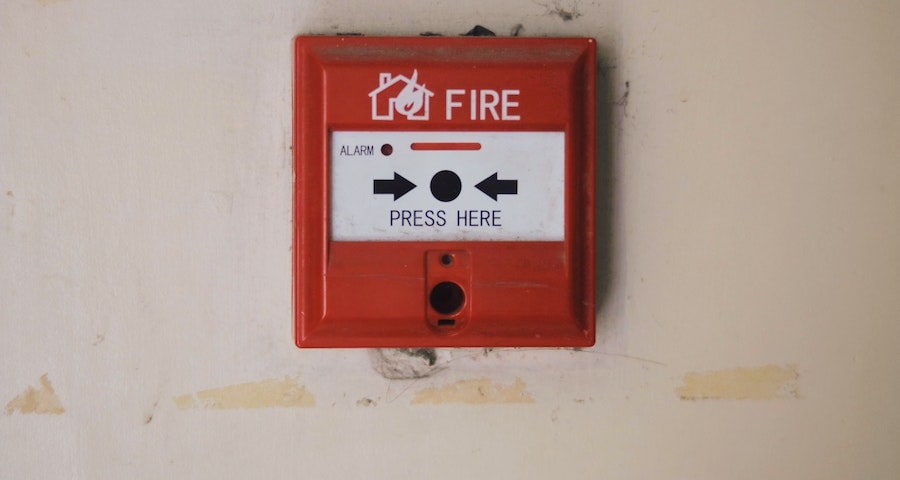
Ensuring the safety of your family and your home is the top priority of every homeowner. Installing a reliable alarm system is one of the best ways to accomplish this goal. It provides round-the-clock protection against potential break-ins and other security threats. However, installing an alarm system is not as simple as just plugging it in and turning it on. It involves a series of complex steps that require some level of expertise. This ultimate guide will walk you through the different aspects of alarm system installation and provide you with all the information you need to ensure you end up with a fully functional, efficient, and effective alarm system.
Contents
Choose the Right Alarm System:
Before embarking on the installation process, you need to choose the right alarm system for your home. There are many types of alarm systems available, and each one has unique features and installation requirements. Some of the common types of alarm systems include monitored unmonitored, wireless, and wired systems. Consider various factors such as your budget, the size of your home, and the expected level of protection when selecting the right alarm system that meets your needs.
Identify the Ideal Location for Your Alarm System:
Once you have identified the right alarm system, the next step is to determine the ideal location for installation. Most alarm systems come with detailed installation instructions that will guide you to the right spots to locate sensors, motion detectors, and other components of the system. You want to ensure that the sensors are installed in locations that potential intruders would need to pass through to get into your home. You might also want to place additional sensors on doors and windows to provide an additional layer of protection.
Wiring and Powering the System:
Wiring and power sources are crucial factors to consider when installing your alarm system. Most alarm systems are powered by either battery or electricity. Wired systems can be more complicated to install as they require running wires through walls, ceilings, or floors. Wireless systems may be easier to set up and can be battery-powered, making wiring unnecessary. Ensure that your alarm system has a reliable power source to prevent it from going offline in case of a power outage.
Testing your Alarm System:
Once you have completed the installation, you need to test your alarm system to ensure it is working correctly. Testing may involve activating the system and checking all the sensors and detectors to determine if they are functioning correctly. It is essential to do this step before relying on the system to protect you and your family. Consider testing the system quarterly or semi-annually to ensure it is functioning correctly.
Keep Your Alarm System Up-to-Date:
No matter how reliable your alarm system is, it will eventually become obsolete. Keeping your system updated with the latest technology ensures that you stay ahead of potential security threats. Check for software and firmware updates for your alarm system regularly and ensure that your system is always operating on the latest version.
Conclusion:
Alarm system installation can be a challenging process, but with the right information and guidelines, you can do it with ease. This ultimate guide provides all the essential steps you need to follow when installing your alarm system. Remember to choose the right alarm system, identify the ideal location, wire and power the system, test it, and keep it up-to-date for a secure and safe home. Protect your family and property by investing in a reliable and efficient alarm system, and follow the steps in this guide for a successful installation.
